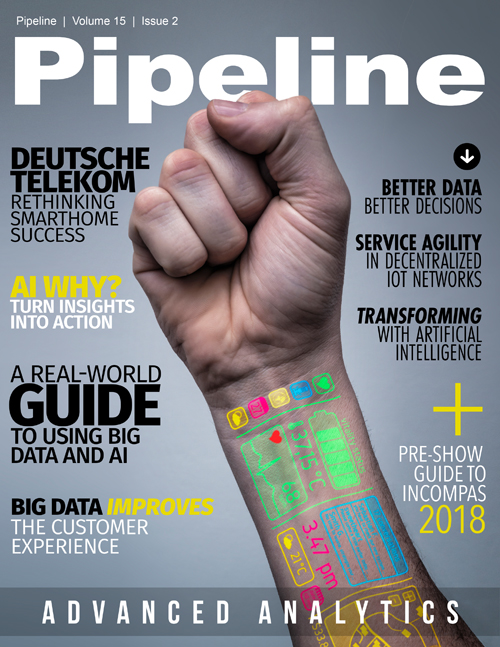Intelligent File Transfer as part of Service Agility in decentralized IoT Networks
By: Dmitry Kachan

The growth in IoT is explosive, impressive—and unsustainable under current architectural approaches. CSP and DSP are moving away from a centralized network with challenges related to latency, network bandwidth, reliability and security. The new IoT business model requires decentralized networks and data lakes in order to support scalable service agility. As a result, service providers are partnering or building their own new data centers around the world.
As they do so, they are turning to software-centric architectures with the principles of Software-defined Networking (SDN) and Network Functions Virtualization (NFV) to unlock their constrained and disjointed network infrastructure. Globally, service providers are seeking to transition from a closed architecture with complex control and interoperability to a more open and efficient software-driven network and service architecture running on open, commodity platforms. This approach is driven by service providers’ requirements for their networks to enable an agile service-driven environment that can dynamically respond to real-time subscriber demands.
The complexity facing our digital present and digital immediate future is huge. As part of our digital transformation journey, we will need to support millions of IoT devices in the near future, devices which in turn are producing tons of data, and it’s desirable for that data to be ingested and processed at the edge of the network as close to the devices as possible. Some of that data— for instance, for autonomous vehicles—has to be sent back to centralized systems for further analysis as well as incorporated as part of overall system improvement in the respective big data.
The current disruption in the telecommunications industry and the respective accelerated digital transformation demand a new paradigm in supporting agile infrastructure and the creation of new
services. Service providers today are challenged with moving big data— for example, a NFV image transfer from a centralized server to multi-access edge computing (MEC)—quickly and efficiently
enough to meet business requirements. Currently most service providers leverage bandwidth utilization by FTP on high-speed lines over distance without acceleration. Furthermore those images and
updates have to be conducted manually without a sophisticated distribution system. The reality is, though, that next-generation service agility demands new ways of thinking—and operating.





















